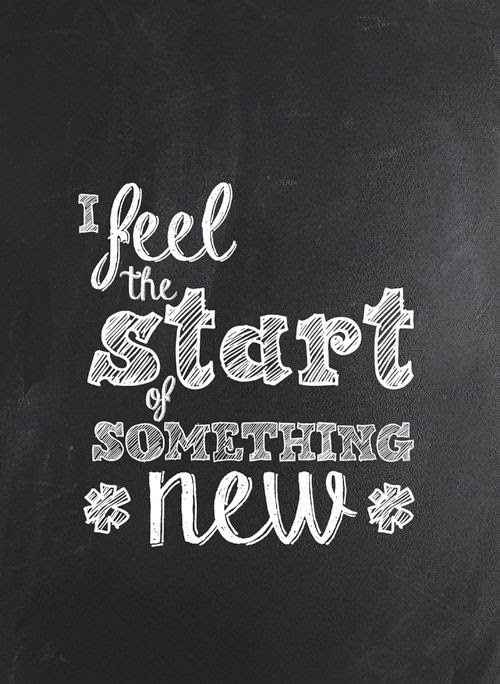So, you have your crafting drawer. Or, has it started to
take over all the drawers? Maybe that
little collection of beads or paper has spread to the cupboard under the
stairs, or even (if you are lucky!) a haloed space in the garden shed? If so,
then welcome, you are officially a dedicated crafter, that not-so-rare breed
that just loves to make things. Make anything in fact, be it jewellery, cards
or gift boxes, up-cycled furniture and clothes, you will approach the task with
your trusty tools and persevere until emerging triumphant with a handmade gem.
But maybe it's not enough, now you want to hone these crafting skills, learn
new techniques, push your creativity to new levels? Then you are ready to join
one of the many amazing classes, courses and workshops that are available. Even
with 25 years experience making jewellery and being a tutor myself, I still
love the thrill of attending a workshop, meeting others passionate about crafts
and learning from experts.
At Bedwas Adult Education Centre we can help with that.
If you join me on a jewellery workshop I will introduce you
to the basic tools needed to cut and shape wire, help you understand just how
to form a perfect loop and the benefits of using jump rings to connect
everything together. I will recommend what wire gauges are best for each job,
the different finishes you can choose to get your desired effect. I can even
show you where to get design inspiration, how to develop your ideas from images
or items. I can answer questions about where to buy materials and tools, which
ones will suit a particular job.
You
will become more confident using the different pliers for each task, begin to
understand what effect or finish each twist and turn of the tools will achieve
on the wire. You will start having your own ideas about how to put beads
together and pick the colours you love. You will push yourself to try new
techniques, explore new ideas. You will not get disheartened if things fail;
there are no mistakes, just unusual design features or, practice pieces. You
will wear your jewellery with pride; tell family and friends "I made
this".
You may start making so many pieces you give them as gifts, friends
will ask you to make something for them. You realise you have actually become
pretty good at making jewellery, people love your work. You may decide to turn
your hobby into a business and start looking for support. You can sell your
designs at local craft fairs, get a website.
You can choose how far you want to
go. You can get there. You can contact us to get started.
Bedwas Adult Education Centre offers workshops and lifestyle
classes in a number of craft based subjects including, wirework jewellery, kiln
fire glass making, art, card making, cake decorating, sewing and pottery. These
are run daytime, evenings and Saturdays.
Accredited courses are available in a
wide range of subjects from first aid; small business support, work skills and
customer care to qualifications for becoming a lifeguard or working door
security.
Ring 029 20852537 to find out about upcoming courses and to
book a place or
look us up here,on Facebook to learn more.
Bedwas Adult Education Centre is situated at the rear of the Workman's Hall, a lovely venue that hosts an array of local events including a fantastic
monthly Craft Market and a Sewing Bee Club
Visit them here on Facebook for latest news.





















































